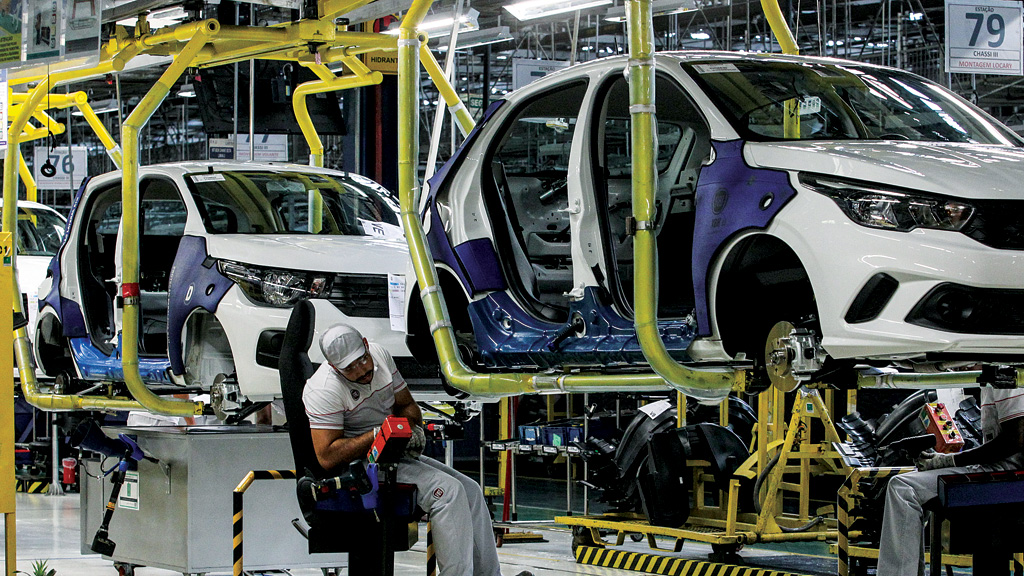
EXPLANATION
The secondary sector is the heart of the economy where the products we use in our daily lives are made. Imagine that raw materials are the basic ingredients, like milk, wheat, or iron. In this «economic kitchen,» those basic ingredients are transformed into more complex and useful products, like bread, clothing, or automobiles.
This transformation process takes place in factories and workshops, where large machines and a lot of technology are used to change raw materials into something completely different and more valuable. For example, cotton is turned into t-shirts, petroleum is transformed into gasoline, pieces of brick are turned in a building… It’s a crucial step because it adds value to the products; that is, it makes them worth more than the raw materials they started from.
The secondary sector is important for several reasons. First, it creates a lot of jobs, from engineers who design the machines to the workers who operate those machines in the factories. Second, it drives the development of new technologies. As companies seek to be more efficient and produce better products, they invest in advanced technology, leading to innovations that can be used across the economy. Third, it makes countries richer. By selling transformed products, which are worth more than the raw materials, countries can earn more money.

